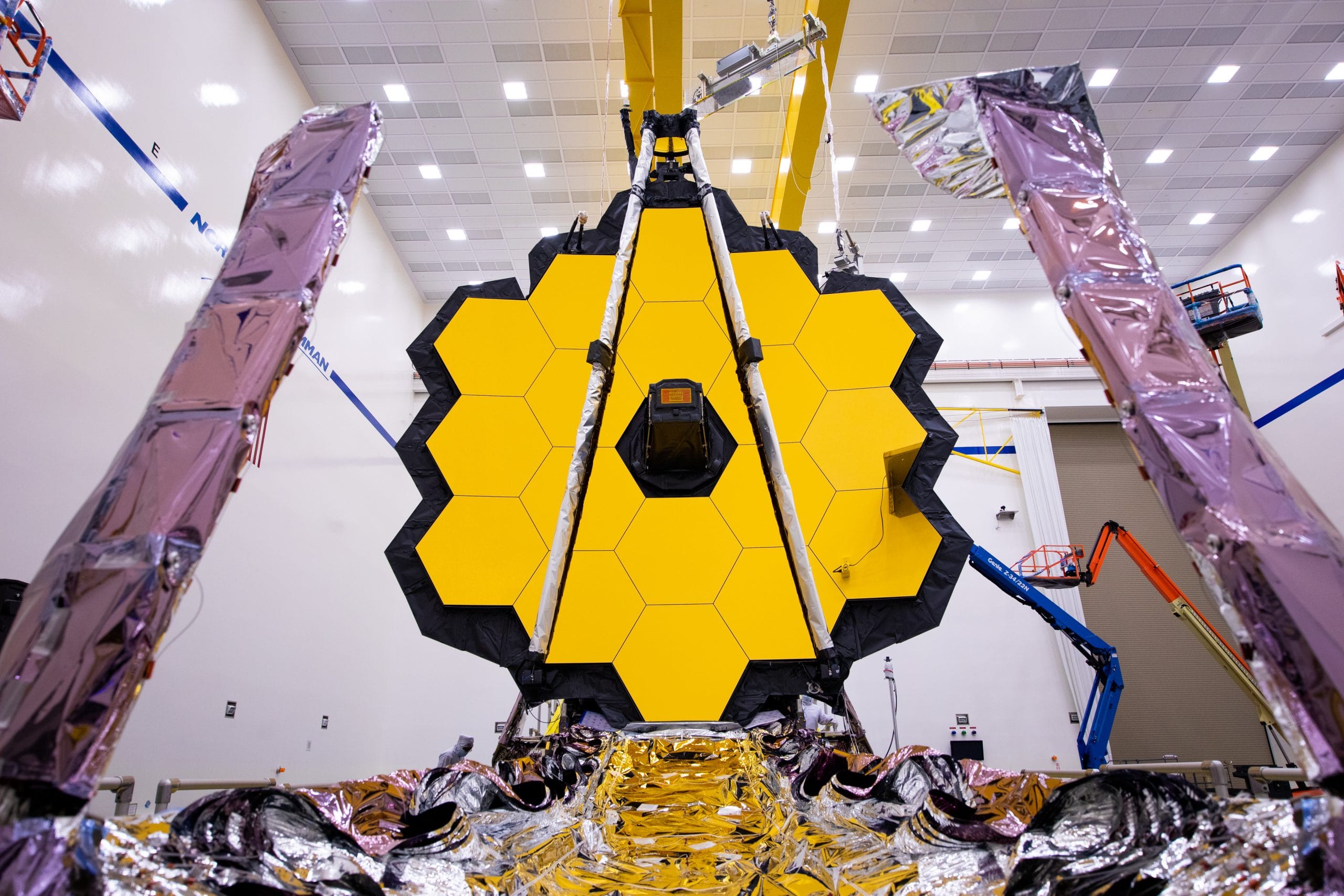The Quadrantids meteor shower is one of the most anticipated astronomical events of the year, marking the first significant meteor shower of 2025. This annual phenomenon typically occurs in early January, offering stargazers a spectacular display of shooting stars. With the right planning and preparation, observers can maximize their chances of witnessing this breathtaking event.
The Quadrantids are unique among meteor showers due to their high peak rate and the quality of the meteors produced. Unlike other meteor showers that can span several nights, the Quadrantids tend to have a sharp peak lasting only a few hours. In 2025, the shower is expected to reach its maximum activity on the night of January 3rd into the early hours of January 4th. During this peak, observers may see up to 120 meteors per hour under ideal conditions.
To catch the Quadrantids, timing is crucial. The best time to observe the meteors is typically after midnight, peaking just before dawn. This is when the sky is darkest and the radiant point, located in the constellation Boötes, is highest in the sky. However, it is essential to note that the Quadrantids can be unpredictable, and some meteors may be visible earlier in the evening. Therefore, it is advisable to start observing as soon as the sky becomes dark enough, ideally around 10 PM local time.
Choosing the right location is equally important for a successful meteor-watching experience. Observers should seek out areas with minimal light pollution, such as rural locations or designated dark sky parks. High elevations can also enhance visibility, as they provide a clearer view of the sky. It is beneficial to familiarize oneself with the surrounding area beforehand and identify a suitable spot where the horizon is unobstructed.
Preparation plays a significant role in enjoying the meteor shower. Stargazers should dress warmly, as January nights can be quite cold, especially in regions with harsh winter climates. Bringing blankets or reclining chairs can make the experience more comfortable, allowing observers to lie back and gaze at the sky for extended periods. It is also advisable to bring snacks and drinks to stay energized throughout the night.
To enhance the viewing experience, observers should allow their eyes to adjust to the darkness. This adjustment period can take about 20 to 30 minutes, during which the eyes become more sensitive to low light levels. It is recommended to avoid looking at bright screens, including smartphones, as this can hinder night vision. Instead, using red light or dim lighting can help maintain the eyes’ adaptation to darkness.
While the Quadrantids are known for their bright meteors, they can also produce fireballs—extremely bright meteors that can leave a lasting impression. Observers should keep an eye out for these spectacular events, as they can occur sporadically throughout the night. Additionally, keeping a journal of the meteors seen can be a rewarding way to document the experience and share it with others.
For those who may not be able to observe the Quadrantids in person, many astronomy organizations and observatories offer live streams of the meteor shower. This can be an excellent alternative for individuals who live in areas with significant light pollution or adverse weather conditions. Engaging with online communities can also provide insights and tips from experienced meteor watchers.
In conclusion, the Quadrantids meteor shower presents a remarkable opportunity for stargazers to witness one of nature’s most awe-inspiring displays. By carefully planning the observation experience, choosing the right location, and preparing adequately, individuals can enhance their chances of enjoying this celestial event. As the first meteor shower of 2025, the Quadrantids are sure to captivate both seasoned astronomers and casual observers alike.



